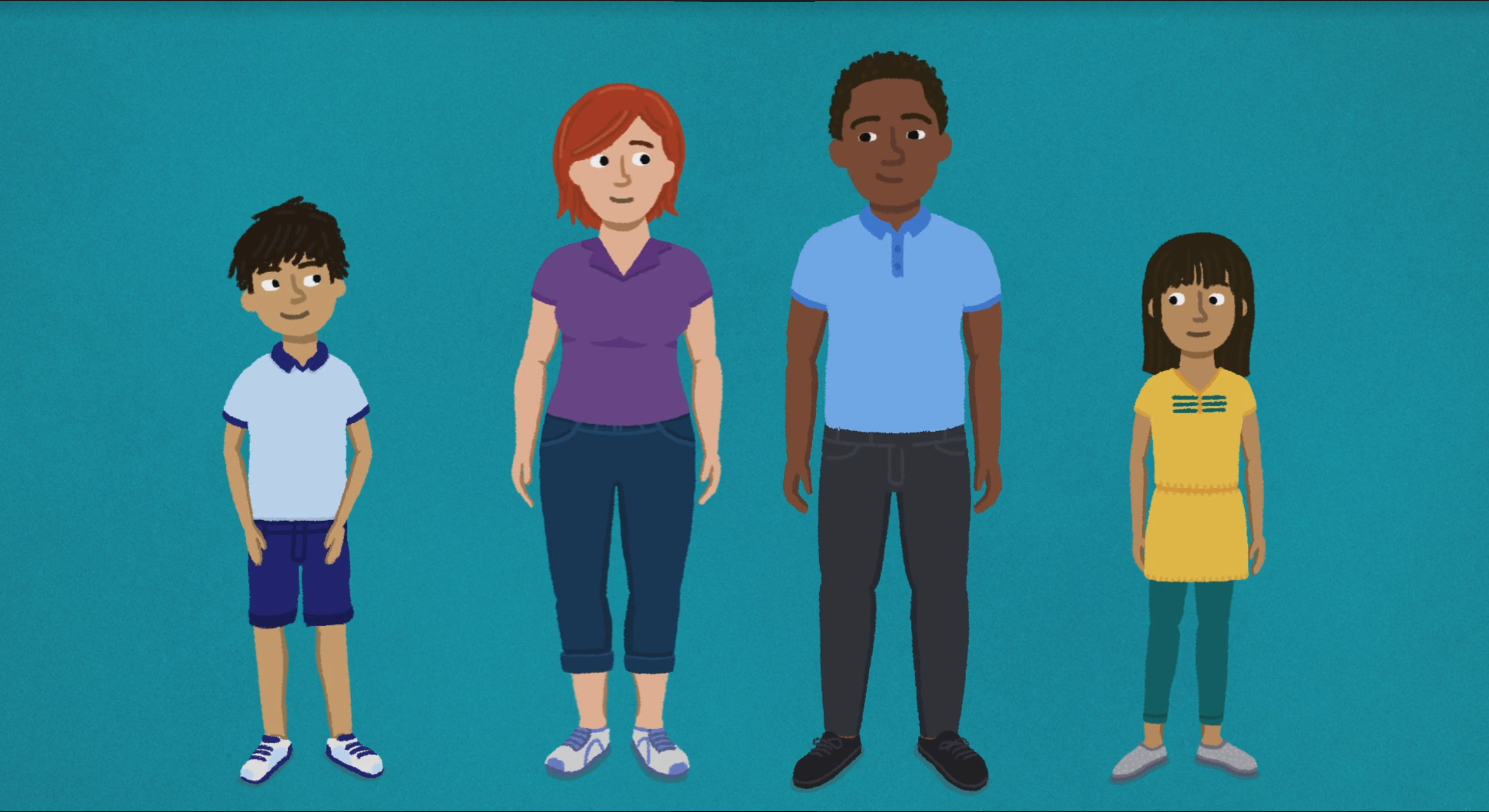Learning objective
- To understand how to help someone who is bleeding.
Success criteria
- I know that it
This content is for subscribers only. Join for access today.
Statutory guidance
RSE
Basic first aid
This content is for subscribers only. Join for access today.
Cross-curricular links
None.
This content is for subscribers only. Join for access today.
Before the lesson
This content is for subscribers only. Join for access today.
Lesson plan
Recap and recall
Display the Presentation: First aid recap. Ask the children to work in pairs to discuss their answers to each question, starting from the easiest questions at the bottom of the pyramid to the trickiest question at the top of the pyramid. Take feedback for each question and click to reveal the answers.
This content is for subscribers only. Join for access today.
Extended-mode explainer videos
How to extend your display to view the lesson page and preseantion mode simultaneously. Choose your operating system below to watch the video
If you need further support with extending your display,
please contact [email protected].
Extended-mode explainer video: For Mac
Extended-mode explainer video: For Windows
Adaptive teaching
Pupils needing extra support
Could use the Activity: Spot the risks during the Attention grabber to help focus their attention by circling the risks and listing at least three risky things that they can spot; could make notes on a whiteboard while watching the videos to remind themselves of the steps that need to be taken for each injury type in order to support their role play.
Pupils working at greater depth
Could use their wider knowledge to explain why each step should be taken, for example: “We should apply pressure to the bleeding wound to slow down the flow of blood because it is dangerous to lose a lot of blood,” or “We should apply a cold compress because it will help to reduce any bruising or swelling.”
This content is for subscribers only. Join for access today.
Assessing progress and understanding
Pupils with secure understanding indicated by: explaining how to care for a casualty
This content is for subscribers only. Join for access today.
Vocabulary definitions
-
concussion
A type of head injury that can make you feel dizzy, confused, give you a bad headache, or in more serious instances it can make you temporarily lose consciousness.
-
head injury
Any harm or damage to your head such as a cut, bump or bruise. More serious head injuries may affect your brain or skull.
This content is for subscribers only. Join for access today.





